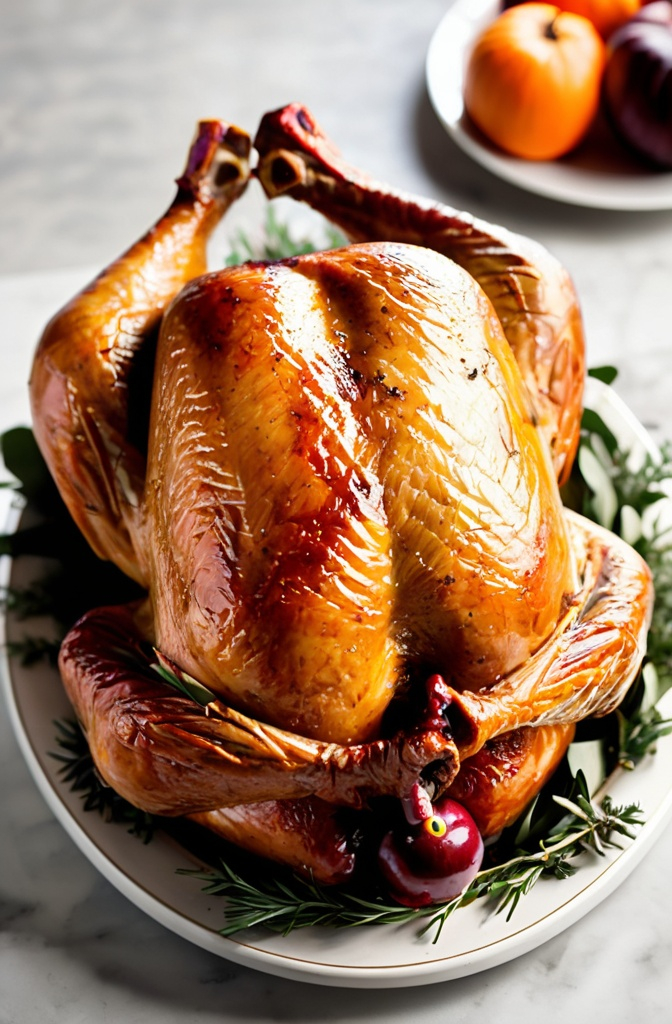
A Guide to Turkey Fryers: Safety Features and Pot Design Essentials
Turkey fryers are a popular way to cook a delicious, crispy bird for gatherings, especially during holidays. However, using them safely and effectively requires a bit of know-how, particularly concerning burner safety features, pot designs that facilitate easy oil filtration, and common pot safety features. Let’s explore what makes a good turkey fryer safe and efficient.
1. Safety Features of Turkey Fryer Burners
When it comes to turkey fryer burners, safety is paramount. Frying a large bird involves dealing with hot oil and an open flame, which means potential hazards if the equipment is subpar. Here are the safety features you should look for:
Sturdy Construction and Stability Base: A high-quality turkey fryer burner should have a wide, sturdy base to prevent tipping. A stable frame is crucial to ensure that the fryer doesn't become unbalanced, especially when handling a heavy, hot turkey.
Heat Control and Auto Shut-Off Valve: Many good burners are equipped with adjustable regulators that provide precise control over the heat, allowing you to keep the oil at a consistent temperature. Some also feature an automatic shut-off valve that cuts off the gas supply if the temperature reaches unsafe levels or if the fryer gets accidentally tipped over.
Thermocouple and Timer Control: Some models include a thermocouple to detect if the flame goes out unexpectedly, cutting off the fuel supply automatically. Additionally, a built-in timer can be a great feature to alert you to check the fryer at set intervals, reducing the risk of leaving it unattended for too long.
Wind Guard: A protective wind guard around the burner helps shield the flame, which is essential if you're cooking outdoors on a breezy day. This prevents the flame from going out or changing intensity, which could lead to unsafe cooking conditions.
2. Turkey Fryer Pot Designs for Easy Oil Filtration
After frying your turkey, dealing with the used oil is often a messy and tedious task. Thankfully, some fryer pots come with features that make oil filtration easier and more efficient:
Drain Valve and Spout: Certain fryer pots are equipped with a built-in drain valve or spout, making it much easier to drain the oil into a container for filtration. This design helps to avoid spills and splashes, making the cleanup process more straightforward.
Removable Oil Filter Basket: Some fryers come with a built-in filter basket that allows you to catch food debris as you drain the oil. This feature saves you time by filtering out impurities while pouring the oil, making it ready for reuse.
Oil Filtering Pump: Advanced models may have an oil filtering pump that automatically circulates the oil through a fine mesh or filter. This not only simplifies the oil reuse process but also ensures a cleaner oil filtration for future cooking.
Wide-Mouth Pots: A fryer pot with a wide mouth can also facilitate easy oil handling and filtration. The wide design makes it easier to access the inside, allowing you to manually filter the oil or pour it out without much hassle.
3. Common Safety Features of Turkey Fryer Pots
The fryer pot itself plays a significant role in ensuring your turkey frying experience is both safe and successful. Here are some common safety features found in good-quality fryer pots:
High-Quality, Heavy-Gauge Aluminum or Stainless Steel: The material of the fryer pot is crucial for both safety and cooking performance. Most high-quality fryer pots are made of heavy-gauge aluminum or stainless steel, which ensures even heat distribution and prevents hotspots that could lead to oil overheating or fires. This also makes the pot less prone to tipping due to its weight.
Riveted Handles: Look for fryer pots with sturdy, riveted handles. These handles provide a secure grip when lifting or moving the pot, and the riveted construction ensures they won’t detach under the weight of hot oil and a turkey. Additionally, some models feature heat-resistant handles that help prevent burns when handling the pot.
Fill Line Indicator: Many fryer pots are marked with a maximum fill line. This line is essential for preventing overfilling, which is one of the most common causes of spills and accidents during frying. By keeping the oil level below this mark, you can safely lower the turkey into the pot without the risk of overflow.
Lid with Venting Holes: While not all turkey fryers use lids during the frying process, some models have lids with venting holes. These lids can be used after cooking to help keep the oil warm while preventing excessive pressure buildup. The vent holes allow steam to escape, reducing the risk of splashing if the oil is still hot.
Temperature Gauge Compatibility: Good turkey fryer pots come with a port for inserting a temperature gauge or have a clip-on thermometer that helps monitor the oil’s temperature. Maintaining the oil at the correct temperature is vital for both safety and achieving a perfectly fried turkey, and this feature ensures that the temperature is always easy to monitor.
Conclusion
Using a turkey fryer can make for a memorable holiday feast, but it’s essential to prioritize safety and convenience. Choosing a turkey fryer with robust burner safety features, such as a stable base, auto shut-off valves, and wind guards, can significantly reduce the risks. Meanwhile, pots with well-designed oil filtration options and safety features like heavy-gauge material, secure handles, and fill line indicators will make the frying process easier and safer.
By understanding these key features, you can enjoy a perfectly fried turkey without the stress—letting you focus on the more enjoyable parts of your gathering: family, friends, and of course, great food!
The following turkey fryer meets many of these criteria.

Subscribe to Jeff's Foodie News, I promise I won't spam you or sell your information. You will get two emails a week that have food deals, gourmet food specials, recipes, and unique foods that you just might never run across. If you don't like it, it is a one-click easy immediate unsubscribe. Join right now! See ya on the inside!~Jeff @ TombaGoods.com
Thank you for subscribing!
Have a great day!
